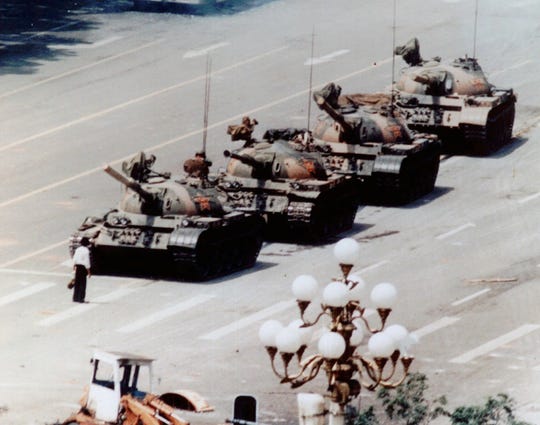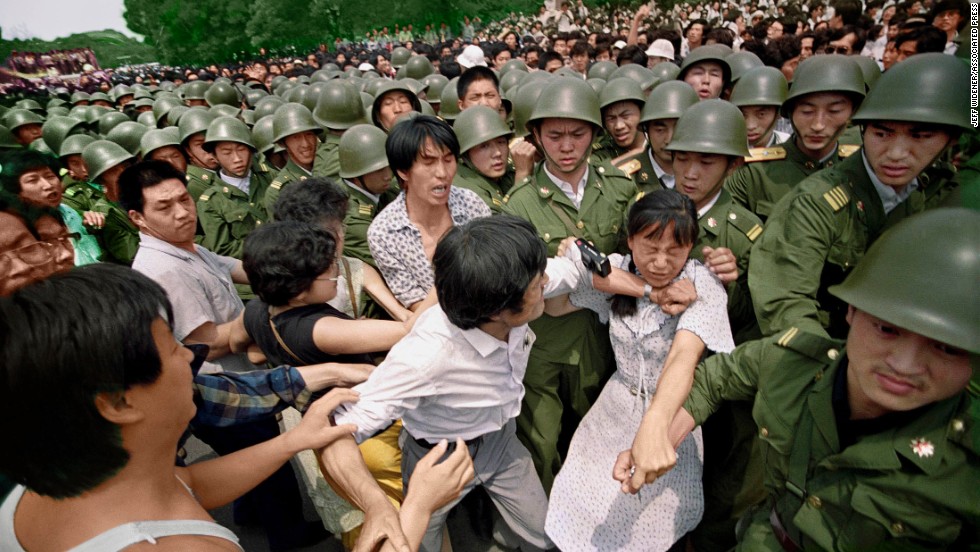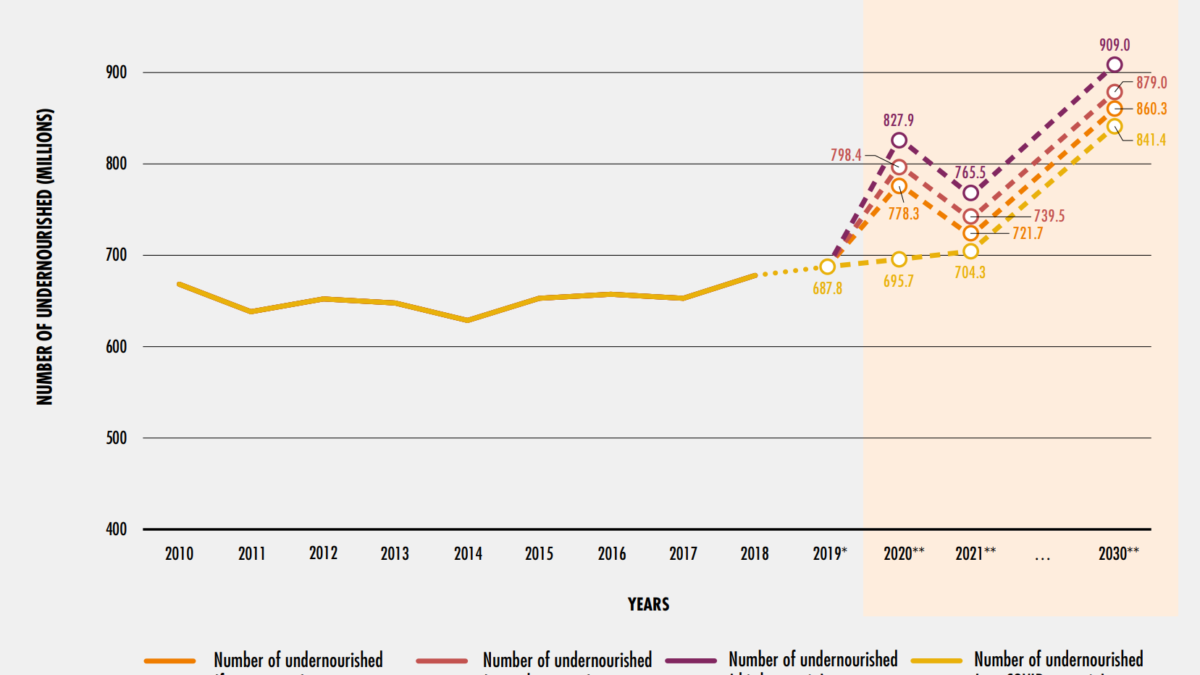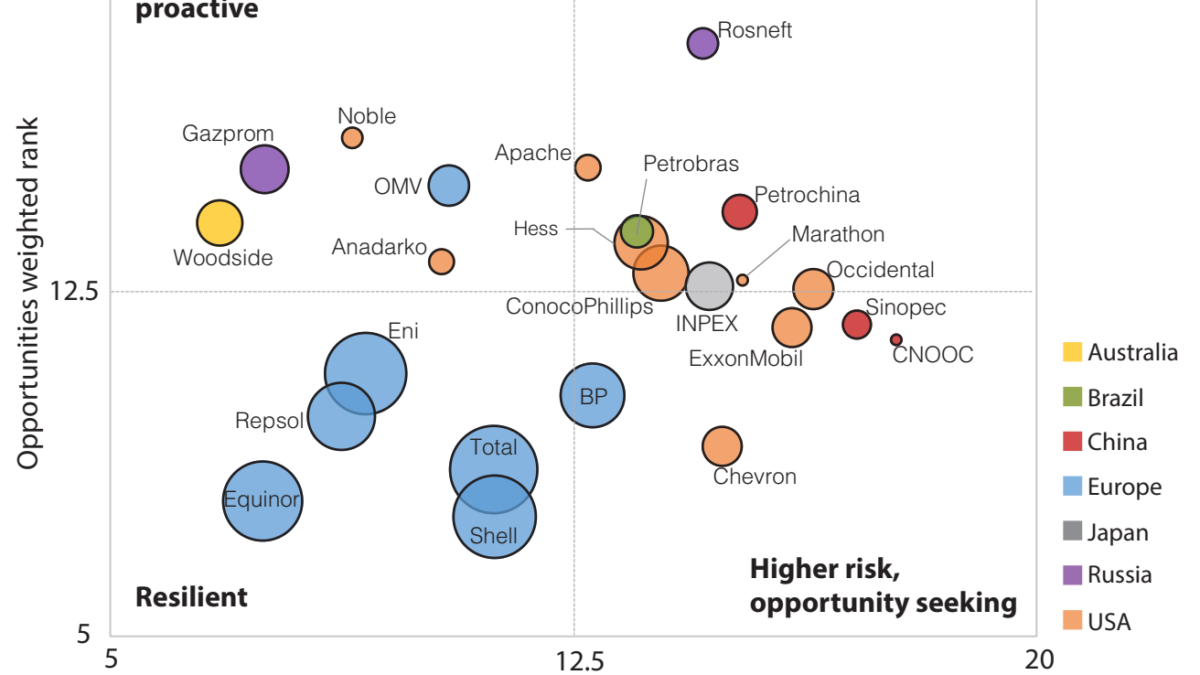Tiananmen Square’s haunted silence, 30 years later

By Ishaan Tharoor
3 June 2019
(The Washington Post) – China’s democratic dream was snuffed out as night fell on 3 June 1989. In mid-April, thousands of idealistic university students had gathered in the heart of Beijing to mourn the passing of an admired Communist Party official who had championed liberalizing reforms. In the weeks that followed, their vigil turned into a much larger protest for greater political freedoms. Students erected a statue of foam and papier-mâché dubbed the “Goddess of Democracy” not far from the giant portrait of Chairman Mao Zedong that hangs in the square. At their peak, the sit-ins and protests drew perhaps over a million people.
But they also drew the ire and terror of a Communist Party cabal in power that feared its grip slipping. Tanks rolled in. Dissenters were gunned down. By the end of June 4, the protests had been violently dispersed, the square was cleared, the statue destroyed. No one knows how many were killed by Chinese security forces, but estimates range from the hundreds to the thousands.
“There was blood and brain matter all over the ground,” Dong Shengkun, a Beijing factory worker who spent 17 years in prison for participating in the protests, told my colleague Anna Fifield. “There were dead people lying in the streets. Those who survived got up and helped the injured back indoors or into the alleys. . . . It was a massacre. No one could have imagined our army would do such a thing to their own people.” […]
Part of what makes the memory of Tiananmen so important is the fragility of that memory itself. After a crackdown on a generation of reform-minded students and pro-democracy protesters, China’s political leadership tried to expunge the legacy of this dissent from public consciousness. They have been largely successful, ensuring references to the protests and massacres do not appear in local media, school textbooks or even Internet searches. Hundreds of millions of people in the country, to this day, have no knowledge of what happened. [more]
Tiananmen Square’s haunted silence, 30 years later

Jeff Widener’s historic photos from Tiananmen Square
3 June 2019 (CNN) – A day after the Chinese military opened fire on protesters in 1989, photographer Jeff Widener was on the sixth-floor balcony of the Beijing Hotel. He was aiming his camera at a row of tanks when the iconic “Tank Man” entered the frame. “The guy walks out with this shopping bag, and I was thinking, ‘The guy is going to ruin my composition,'” said Widener, who was with the Associated Press at the time. The photo ended up on the front pages of newspapers all around the world, and it was a finalist for the Pulitzer Prize.
A day after the Chinese military opened fire on protesters in 1989, photographer Jeff Widener was on the sixth-floor balcony of the Beijing Hotel. He was aiming his camera at a row of tanks when the iconic “Tank Man” entered the frame. “The guy walks out with this shopping bag, and I was thinking, ‘The guy is going to ruin my composition,’ ” said Widener, who was with the Associated Press at the time. The photo ended up on the front pages of newspapers all around the world, and it was a finalist for the Pulitzer Prize.
“I’m not an activist. I’m not a hero,” Widener said in 2014. “But I’m human, and it is hard not to be sympathetic towards anybody who was killed.” Here, a young woman is caught between civilians and Chinese soldiers who were trying to remove her from an assembly near the Great Hall of the People on 3 June 1989. “I never actually saw any protesters killed,” Widener said. “I saw soldiers killed. Mistakes were made on both sides. It’s important to look at both sides of the story.”[more]


